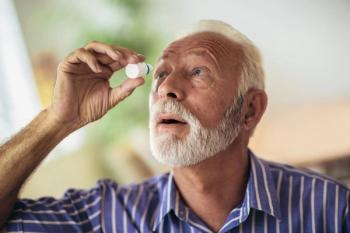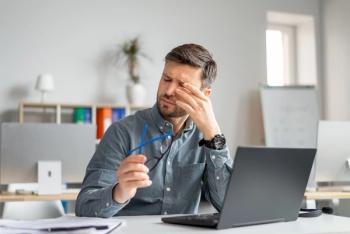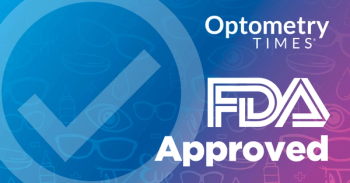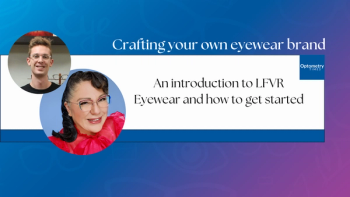
How to recognize neurosensory abnormalities
Scott G. Hauswirth, OD, FAAO, discusses identifying and treating pain-related diseases that affect the eye
Transcript
Scott Hauswirth, OD, FAAO: I am Scott Hauswirth and we are here at Vision Expo West in Las Vegas, Nevada. I am going to be talking about pain photophobia and how to help your patients that have this.
Really, the class is about how to recognize neurosensory abnormalities, be it dry eye and other types of pain related diseases that affect the eyes. And really the first, the first place you want to start off with is recognizing that there are a lot of symptomatic cues your patients can give you, or tell you that will help you sort of keep this in your differential as you go through your examination with patients.
Second piece of information is really how to do a very thorough examination because we do have to rule out a lot of other causes for ocular pain.
And the third aspect of it is how to treat these patients. And, you know, by and large, we are doing a lot of the same things we do in dry eye.
There are a lot of other regenerative types of therapies and collaboration that you can do with pain management specialists and other providers that will help you take care of these patients better. That will keep them in your chair.
Newsletter
Want more insights like this? Subscribe to Optometry Times and get clinical pearls and practice tips delivered straight to your inbox.


















































.png)


